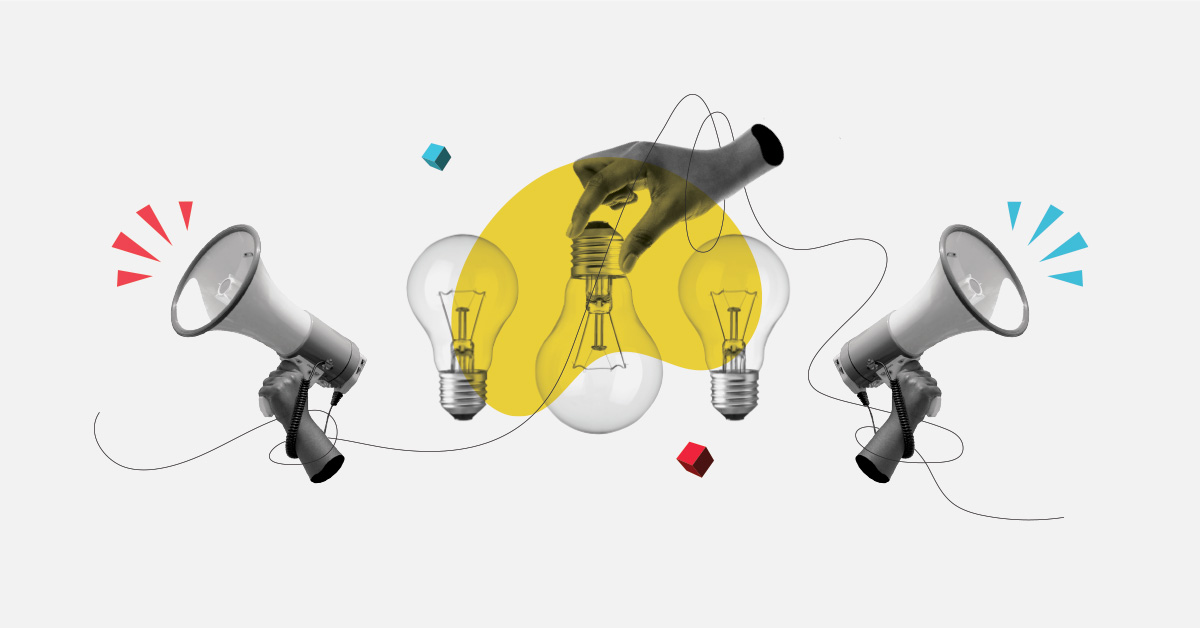The population of post-secondary students is becoming increasingly diverse. Over time, colleges and universities have seen increasing numbers of students from diverse cultural, ethnic, and first-language groups (including Indigenous students).
But other types of differences are also becoming more common, like cognitive and neuro diversity in students with autism, Asperger’s and ADHD. Institutions are also more aware of gender diversity, both among different gender identities and also through recognition some gender groups are underrepresented, such as women in engineering and computing.
This project hinges on the fundamental notion that educators welcome diversity and embrace the increasing diversity of student population as positive — but at the same time, speaks directly to the reality that supporting an increasingly diverse student body requires more resources, awareness, and new knowledge.
The project sought to develop an effective model to help post-secondary teachers and academic staff engage with increasing diversity positively, sensitively, and strategically. The objective is to leverage the power of community-based expertise to drive responses to diversity, and empower all participants in the diversity conversation.
To do that, the project used an indigenous framework to allow organic engagement at many levels within communities and institutions. Based on that framework, the project team created a series of panels, workshops and tools to help people engage with diversity. Some of the workshops so far have been on the Culture of mentoring; Language and diversity; and Gender diversity.
The project is in its second year and the team is running small, customized workshops for individual departments, focused on student resiliency, teamwork, mentoring and diversity. The team is also designing a digital diversity map, which will be an open digital resource to link the project, resources, and people to other diversity projects, resources, and people. The map, like the project framework, involves a strong research creation aspect informed by a Coast Salish aesthetic, envisioned by artist and collaborator Aaron “Splash” Nelson-Moody.
Students and highly qualified people have been engaged at every stage of this project and are intensifying their involvement this year.


